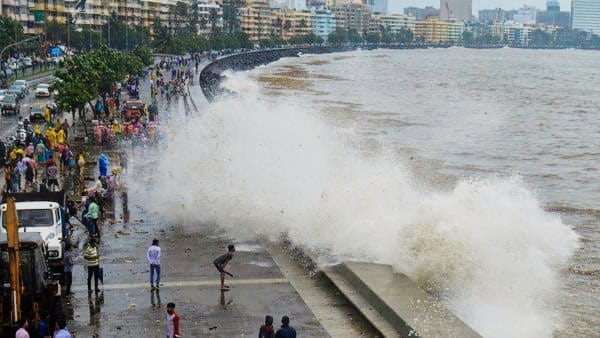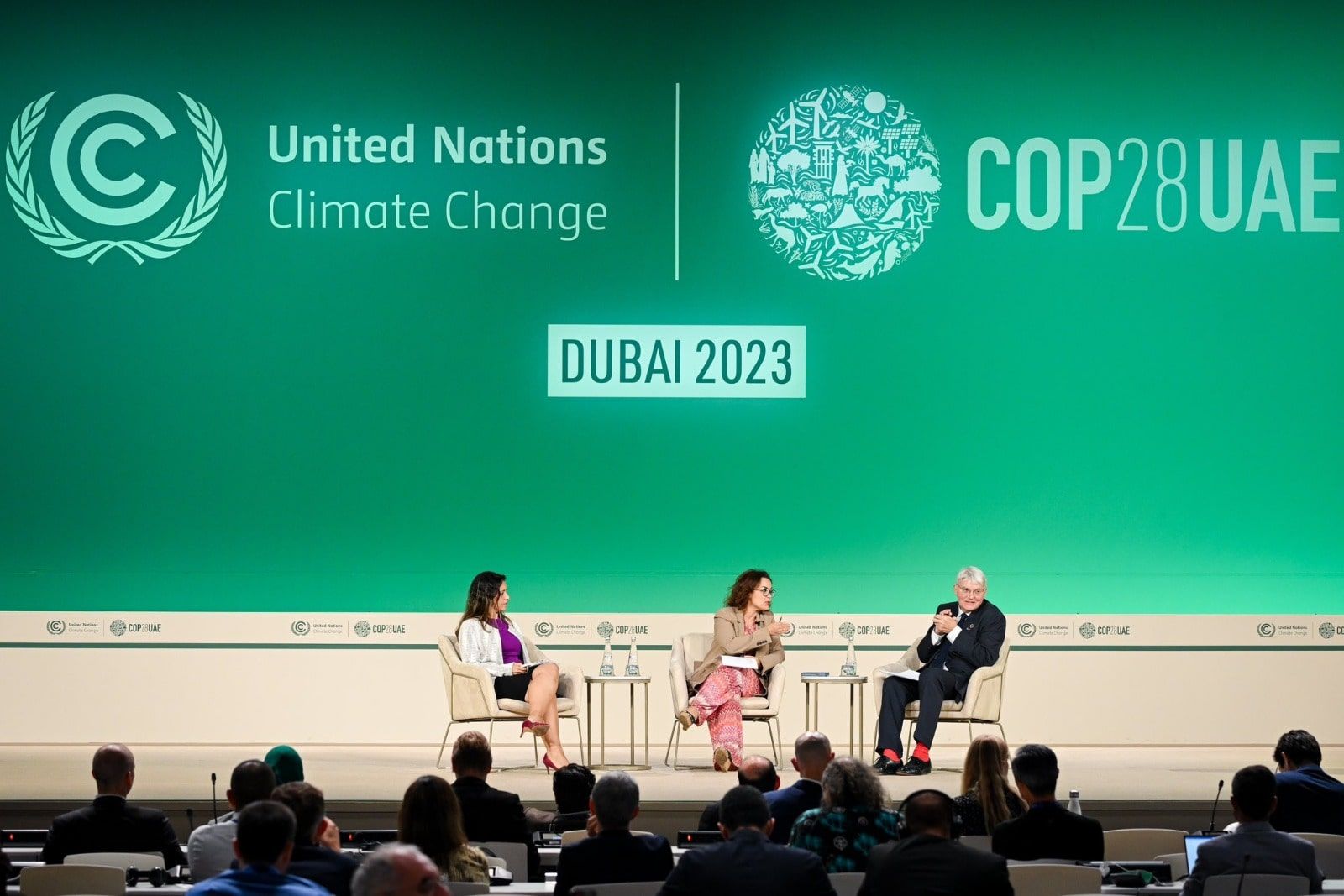A Himalayan Plea for Climate Action, an AI Challenge and a Letter from 1000 Scientists Plus CEOs
The UN Climate Change Technology Executive Committee (TEC) launched an AI challenge for climate solutions at the venue of COP 28 yesterday. Titled, AI Innovation Grand Challenge, this is about an ambitious dream to develop AI-powered solutions for climate action.
Just days before The COP 28 summit began and the world refocused its attention to the complex climate negotiations on how to limit global warming within the 1.5 degrees threshold, a report came out that declared 2 degrees warming is too high for the Himalayas. The State of the Cryosphere Report 2023 brought out by the International Cryosphere Climate Initiative (ICCI) portends the destruction of the Hindu Kush Himalayas if 2 degrees warming occurs.
What transpires from this report is loud and clear. If the world wants to keep the Himalayan glacial ice intact, the only option is to limit the warming within 1.5 degrees.
On the cover page of the report itself, there is overflowing gloom and doom, as this sentence in bold letters stops the reader in a suffocating grip, “We cannot negotiate with the melting point of ice.”

Once again, sadly, the report proves that it is not the perpetrators of climate change who fall as its victims, but those who contribute the least to this catastrophe.
When the Glaciers Melt
Once the glaciers melt at a quicker pace, there will be immediate flooding of the Himalayan rivers. As a consequence, all the water that eventually reaches the ocean will cause drastic sea level rise. This is the phenomenon that scientists call a “global ice emergency.” On the list of cities and regions that the rising sea will first swallow up, we have Mumbai, Karachi, and Dhaka. The estimated timeline for this to happen is by 2050.
Millions of people live in the Himalayan mountains and the foothills. As pointed out by scientists, they are the most benign part of our civilization when viewed from the climate change angle because they are the people with the least carbon footprint among us. They have lived there for centuries in harmony with nature and causing the least damage to their ecosystems. They do not have cities, multistory buildings, road networks, airports, or factories that give out greenhouse gases to the atmosphere. Nonetheless they will bear the brunt of glacier melting in the form of deaths by disaster, floods, droughts, livelihood loss, avalanches, habitat loss, food insecurity and much more.

Cryosphere is the term used to describe the entire stretch of the surface of Earth where water is in solid form, ice. From mountain glaciers to permafrost, from sea ice to snow covered land, not to mention the south and north poles, the cryosphere comprises no less than 10% of Earth’s surface. Imagine this entire ice melting and flowing into our rivers and seas and you will begin to see the apocalyptic proportions of such a disaster.
Disasters in the Making
One might remember what happened in Sikkim this year when a glacial lake melted and burst out into human habitation killing more than 40 people. A hydroelectric dam downstream was torn down by the fury of the icy waters and thousands of houses smashed into pieces as people ran for life. This is one small glacier covering a lake that we are talking about, a tiny dot-like portion of the Himalayan glacier cover. There are more than 170 dams built very close to glaciers in the Himalayan region. A fifth of them are under the risk of glacial floods just like the one happened in Sikkim.

The State of the Cryosphere Report 2023 reveals that in the last 2 years alone, the Swiss Glaciers lost 10% of their ice. The Antarctic sea ice is at an all time low according to the calculations from last summer and winter. Canada’s permafrost cover has been constantly blistered by forest fires this year. There was an abnormal rise in Arctic temperature to the scale of 4-6 degrees celsius. It rained in an odd occurrence in the far inland of Antarctica.
The report warns- “For regions like the Hindu Kush Himalaya, frankly even
1.5°C is too high.” And it calls upon the COP 28 summiteers to decide to make 1.5° a reality and phase out fossil fuels.
It is estimated in the report that if the current pace of global emissions continues, the end of the century will see the warming of the planet by 3°C. Neither the polar glaciers nor the high altitude Himalayan glaciers will survive a 3°C warming, cautions it.
COP 28 Update
In a press meet on Dec 8, the COP 28 President Sultan al-Jaber said, “I also feel a sense that something unprecedented is possible to happen here…we do have the potential to deliver a paradigm shift …centred around and based on the science that keeps 1.5 within reach. An approach that will help redefine global economies and consensus that will put the most vulnerable at the centre of climate action.”
There is so far no specific response to the Cryosphere Report or decision based on it in the COP 28 summit. Here is an update and summary from the last three days’ COP 28 discussions- The last three days at COP 28 focussed on the youth, children, sports, and urbanisation. The coming days are going to be crucial as the summit has to emerge from the shadow of controversies related to the phasing out of oil and gas and re-assert its achievements such as the approval of a loss and damage fund and the pledge to make food production and distribution systems sustainable. The fossil fuel impasse hopefully will be sorted out. The climate action stocktake also is eagerly awaited. There is a ministerial committee at work to lead the negotiations, to identify “political challenges”, and to find consensus and solutions.

With only 3 days left for the summit to conclude, and no sign of a consensus on either fossil fuels or how to achieve the 1.5 degrees containment of warming, and the world partly losing its trust in the COP 28 President due to his controversial statements about oil and gas, it is disheartening to see the global conference making little headway to save the planet. This is exactly why more than 1000 scientists, CEOs, Mayors, Governors, indigenous people, health professionals, young people and faith leaders have come together to sign a letter addressed to the COP 28 President demanding tangible decisions and action. The letter is as given below-
At the venue of COP 28, today we expect reports on all the successful outcomes of the discussions on all technical matters, led by senior consultants, to be made public.
References:
State of the Cryosphere 2023, International Cryosphere Climate Initiative.
Schwanghart et al., (2016), Uncertainty in the Himalayan energy–water nexus: estimating regional exposure to glacial lake outburst floods, Environmental research Letters, vol.11, no.7.
IISD Earth Negotiations Bulletin.
UNFCCC Website.
To receive updates on detailed analysis and in-depth interviews from The AIDEM, join our WhatsApp group. Click Here. To subscribe to us on YouTube, Click Here.







